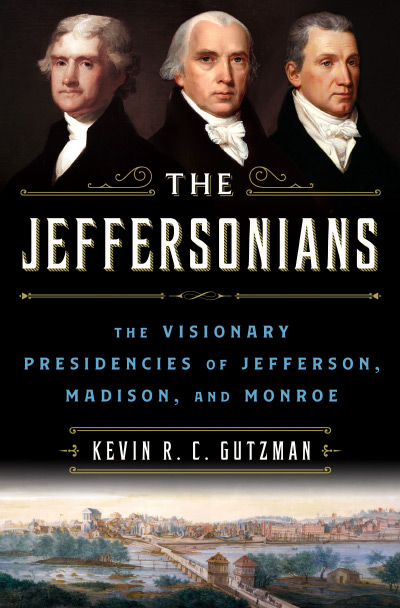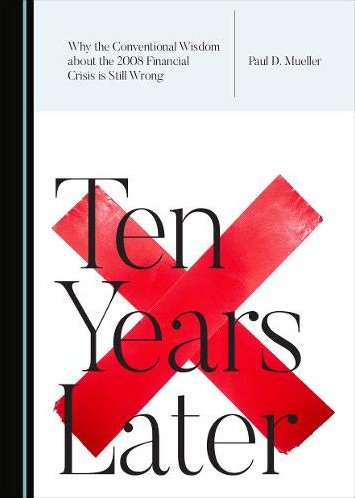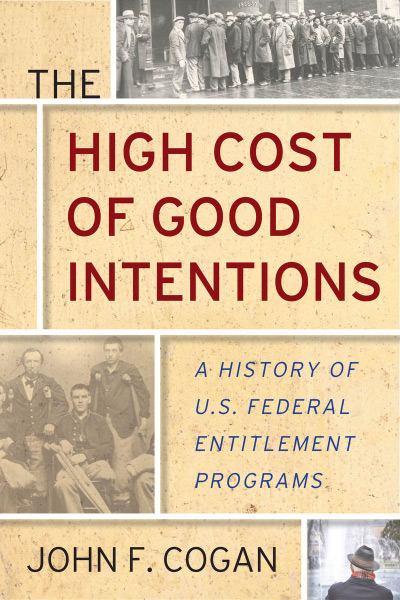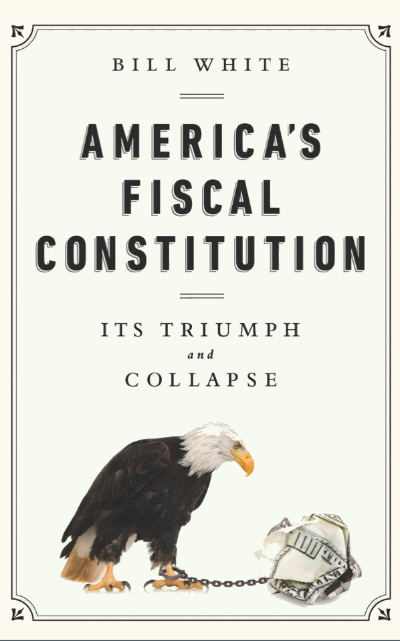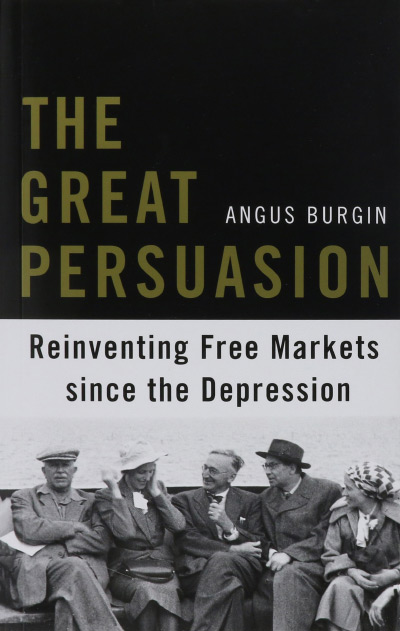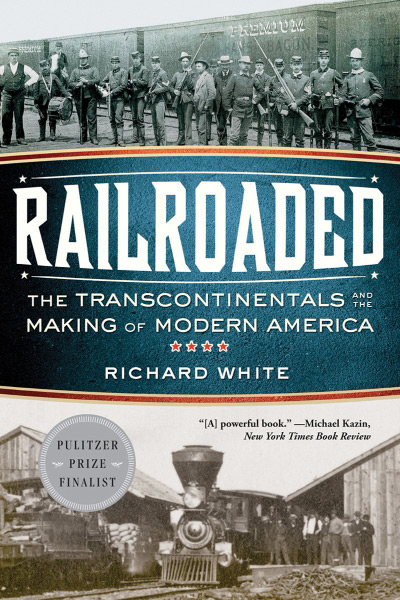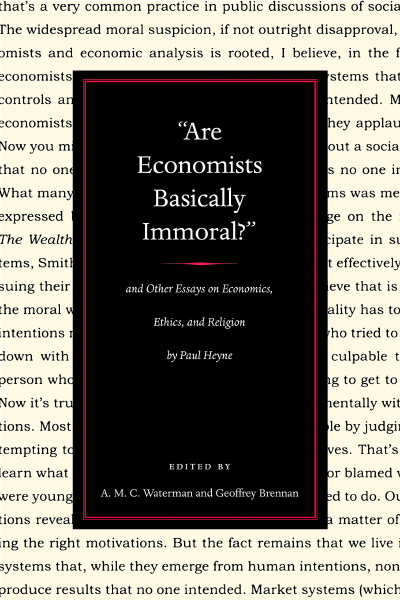Cusins. Excuse me: is there any place in your religion for honor, justice, truth, love, mercy and so forth?
Undershaft. Yes: they are the graces and luxuries of a rich, strong, and safe life.
Cusins. Suppose one is forced to choose between them and money or gunpowder?
Undershaft. Choose money and gunpowder; for without enough of both you cannot afford the others.
Cusins. That is your religion?
Undershaft. Yes.
—G. B. Shaw, Major Barbara
President Clinton promised to “end welfare as we know it,” and, by popular opinion, he did. He did not, however, end welfare as American historians know it: in dimensions financial, legal, administrative, and moral, too numerous to name here, the recent reform (with amendments by President Bush) is striving to remake welfare as historians of the 1870s know it. In the Bush administration, it appears that social-service funding—from poverty alleviation to drug abuse treatment—will go increasingly into the hands of faith-based groups. Specifically, more state and federal dollars will go to groups that believe in reducing dependence with moral reform and to those who measure the practice of self-reliance in a metric of virtue and vice. In Fighting Poverty with Virtue, Joel Schwartz (the son of Anna J.), a political scientist by training and a former editor of The Public Interest, has examined some nineteenth-century precedents of the current movement.
With this book, Schwartz seeks to shed “light on our contemporary efforts to remoralize the poor by looking at the rhetoric and actions of some of the nineteenth-century moral reformers” (p. xvi). The book will be of immediate interest to the nonspecialist. The style is agreeable (in a way to which American academics have conformed), and the conclusion is easy to understand: Schwartz believes “we should and must” encourage “diligence, sobriety, thrift, and familial responsibility among the poor” (p. 237).
The focus is in fact on the social thought—not, as the author says, on the “rhetoric”—of four major figures: essentially, it is explication by anecdote, recounting the moral ideas of the Reverend Joseph Tuckerman, a Unitarian and charity reformer of 1820s and 1830s Boston; of Robert M. Hartley, who at midcentury founded the New York Association for Improving the Condition of the Poor; of Charles Loring Brace, who, about ten years later, established for orphaned and vagrant children the New York Children’s Aid Society; and of Josephine Shaw Lowell, who in the late nineteenth century was at once a founder of the New York Charity Organization Society, a founder of the National Consumer’s League, and a leader in the movement to establish state-level standards of charity and corrections.
Schwartz sees Tuckerman, Hartley, Brace, and Lowell as belonging to a “unified tradition of moral reform.” “All four,” he correctly notes, “opposed unconditional doles to the poor, which they feared would pauperize the poor.” All four “emphasized the need [to inculcate] the virtues of diligence, sobriety, and thrift.” And “all four reformers attempted to teach [the] virtues through personal contact with the poor, who were visited by wealthier individuals offering counsel and guidance” (p. xvii). It should be added that all four did their work in the Northeast, and three of the four in New York City.
Schwartz draws attention to a profound fact and weakness of contemporary discourse that has been too little debated: today’s revivers of the industrial virtues are either not aware of (or flatly deny) the good that leading nineteenth-century reformers found in some forms of public assistance. Likewise, leftist and left-liberal critics of social policies founded on the industrial virtues have failed to acknowledge their private celebration of those same virtues (p. xvii–xviii). As Schwartz puts it, “[a] serious reconsideration of nineteenth-century moral reformers is therefore timely, because they offer complementary messages to both the contemporary left and the contemporary right” (p. xviii).
Unfortunately, Schwartz, whose ideal is to marry the virtue talk of Joseph Tuckerman with the “new paternalism” of Lawrence Mead, commenced to write the liturgy of that mass, and he made little headway in bringing left and right together (pp. 199, 237). The book is not entirely unbalanced. For example, he provides an excellent summary of the obstacles to reform that were encountered or produced in the nineteenth century (p. 76). The reformers, he admits, had tended to attack verbally “those whom they wished to improve”; second, and more than was acknowledged, the poor were heterogeneous in their religious backgrounds, and they resisted proselytization; most important, says Schwartz, “transforming seriously misbehaving adults into paragons of virtue (or even average citizens)” turns out to be “an outcome that is devoutly to be wished, but seldom achieved” (p. 76).
A ripe opportunity to reconcile left and right emerges in the pages on Jane Addams and Walter Rauschenbusch, who supplied in the Progressive period the secular and Christian virtue-based critiques of the industrial virtues (pp. 121–22). Here, Schwartz argues that Addams wanted in vain to connect economic incentives with nonindustrial virtues. Eschewing convention, he does not criticize directly a single mother who wants to spend time with her children; instead, he mocks the Luftmensch, a fellow something like Bernard Shaw’s Cusins, in Harvard Square or the Pedestrian Mall of Iowa City, with little gainful employment, who wrestles with Lacan and Leviticus while his wife and children are scrapping at home. Addams could defend the Luftmensch (although Schwartz does not say it, but so too can many professors). She favored what she called “social ethics,” which included the industrial virtues, but devalued them so that other virtues such as love, solidarity, identity, dignity, mercy, and tolerance could have socioeconomic value. In the example, Schwartz seems to have identified a Siamese character of left and right. Yet he does not make a convincing case against Addams and the social virtues. In fact, excepting a single citation from Adam Smith’s Theory of Moral Sentiments (pp. 121–22) and an emotional appeal to what Schwartz believes about his own father (p. xiii), one finds no philosophical defense of the author’s distaste of the social virtues, and, in the end, the reader is unsure which parts stand or fall.
Schwartz points out correctly that nineteenth-century reformers were “more distressed by dependence occasioned by vice than by the simple fact of material deprivation” (p. 8), and he signals his strong agreement and a desire for “cultural change” in that direction (p. 237). Yet it seems that significant cultural change is going to require success in a couple of challenging prerequisites that he has not attempted. One prerequisite is to devise an intellectual and moral solution to the Addams problem that is acceptable by leading thinkers and policymakers on the left. That is the easy one.
A more challenging prerequisite is to devalue the theological, utilitarian, and relativistic conceptions of the “poverty line” that have prevailed since the late 1960s. Cornel West speaks for many when he speaks of his “moral outrage at the relative indifference of American religion to the challenge of social justice beyond charity. The Christian Right is a glaring example of this tendency” (Cornel West Reader [New York: Civitas, (1988) 1999], p. 357). The poverty line is one measure of social justice and, in the contemporary scene, its levels could soon rise—and with them the distribution of social-welfare benefits. In part, the increases are being proposed to better reflect changes in patterns of prices and expenditure that have been under way since M. Orshansky introduced in the 1960s a food-based conception of the poverty budget. A commission of the National Research Council, steered by Patricia Ruggles, was only a few years ago given $10 million and a team of leading economists to propose a new set of guidelines. In other words, an upward revision of what counts as poverty is at least as likely as is a wholesale replacement of the poverty line with a Victorian conception of pauperism.
Moving the culture toward a nineteenth-century rhetoric of the industrial virtues is a challenging prerequisite because, as Rebecca Blank shows, most full-time workers with a high school diploma or less are not going to be earning income above what are perceived to be old and insufficient levels of the poverty line (It Takes a Nation [Princeton: Princeton University Press, 1997], tables 3.1, 3.2). Moreover, the evidence on wages and employment since the Welfare Reform Act of 1996 is hardly encouraging: as many as 40 percent of minority women in urban areas are not finding employment when they exhaust their welfare eligibility (Harry J. Holzer and Sheldon Danziger, “Are Jobs Available for Disadvantaged Workers in Urban Areas?” in Urban Inequality: Evidence from Four Cities, edited by Alice O’Conner, Chris Tilly, and Lawrence D. Bobo. [New York: Russell Sage Foundation, 2001], p. 517).
By the close of the book, Schwartz succumbs to sneering, but at high opportunity cost. “One final connection links Rauschenbusch to the contemporary American left,” he says. “[T]he deeply religious Rauschenbusch is the maternal grandfather of a prominent academic spokesman for the American left, the avowedly atheistic [Richard] Rorty” (p. 245). Yet if Schwartz looked a little further he would find that religion, even Christian religiosity, inspires significant voices of the academic left and that an important source of this inspiration is Walter Rauschenbusch. A history of moral reform would not connect Rauschenbusch to Rorty; it would connect Rauschenbusch to Martin Luther King Jr., and it would connect King to Cornel West and James Cone. In his book about the Montgomery bus boycott, King spoke of the impact of Rauschenbusch’s Christianity and the Social Crisis: it “left an indelible imprint on my thinking,” said King, “by giving me a theological basis for the social concern which had already grown up in me as a result of my early experiences” (Strive toward Freedom: The Montgomery Story [New York: Harper and Row, (1958) 1964], pp. 73–74). One finds the deep influence of King and Rauschenbusch in Cornel West’s “moral outrage” and equally in James Cone’s black liberation theology (God of the Oppressed [Maryknoll: Orbis, (1975) 1999] and Risks of Faith [Boston: Beacon Press, 1999], pp. xvii–xviii, 72). As Schwartz insightfully observes, there is widespread agreement that we should encourage the virtues of diligence, sobriety, thrift, and familial responsibility. In the short run, however, these words will mean precious little if they do not engage epistemological commitments to the poverty line and to the prophesies of the Addams and West kind.
| Other Independent Review articles by Stephen T. Ziliak | |
| Summer 1999 | Overcoming Welfare: Expecting More from the Poor and from Ourselves |
| Spring 1996 | The End of Welfare and the Contradiction of Compassion |




